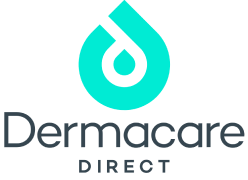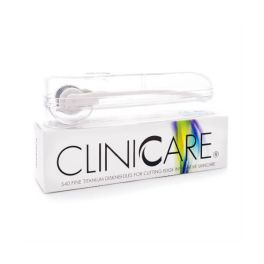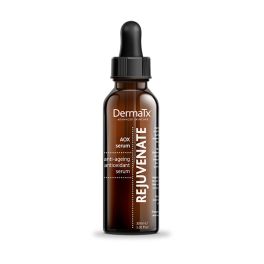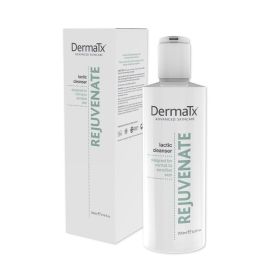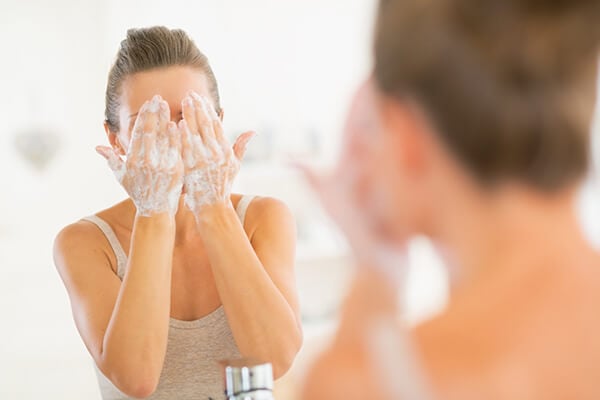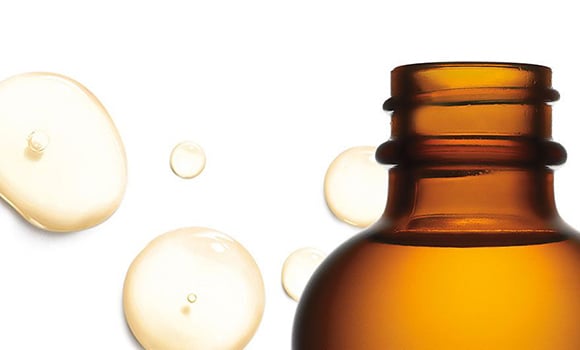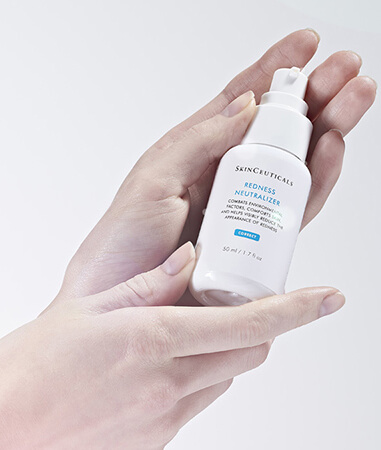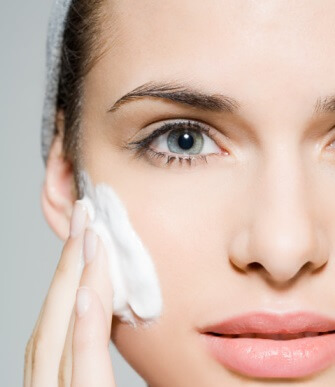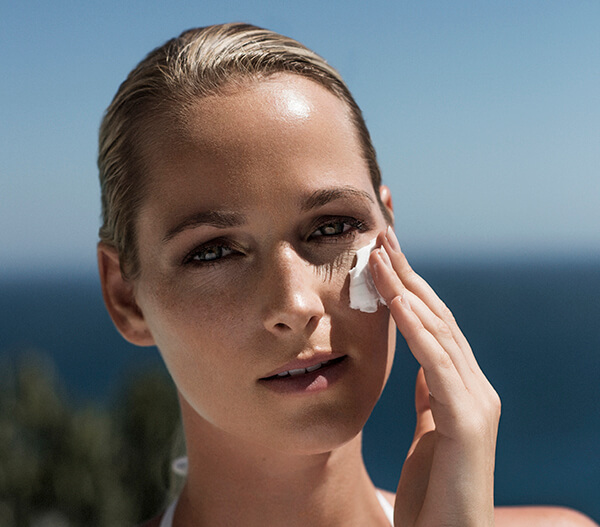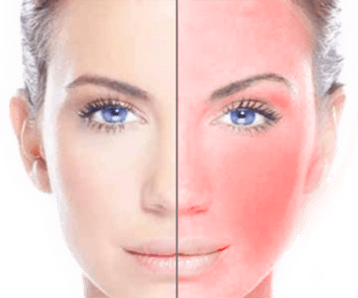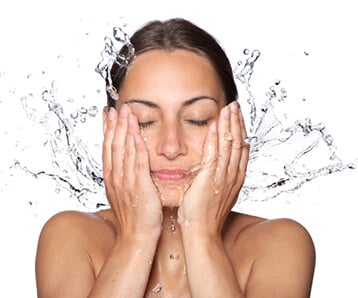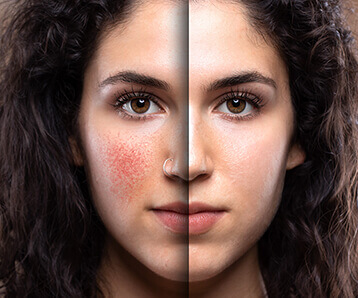Everything You Need To Know about Rosacea Posted on 11 Apr 2023

What Is Rosacea?
Rosacea is a skin condition that often presents as redness or flushing across your cheeks, forehead, nose and chin. The inflammation comes and goes and can feel very sensitive and may sometimes sting. Typically it affects people with a fairer skin tone and is more common in women although men’s symptoms can sometimes be more severe.
Showing up as tiny red spots or as a maze of dilated blood vessels, Rosacea sufferers are often looking for relief and ways to prevent and conceal it.
What Causes Rosacea?
Although it’s not yet known what specifically causes Rosacea there are some common triggers that can worsen symptoms such as overexposure to sunlight, alcohol, caffeine, spicy foods and aerobic exercise so try to identify what your triggers are and limit them if you can. This will help you to better control your Rosacea, and while there are no miracle cures for Rosacea there are some creams and treatments available that have been clinically proven to improve its appearance by soothing and calming inflammation.
Using the right skincare products and routine will help to control the redness. If you choose the wrong products, your facial redness will get worse.
Here are our best skincare guidance and skincare products to fight facial redness.
Choose cleansers that are gentle for your complexion and that don’t leave your skin with a tight and dry feeling.
Gentle exfoliating ingredients like polyhydroxy acid, azelaic acid and lactic acid are ideal as they offer gentle exfoliation, increased hydration and anti-inflammatory benefits.
Antioxidants are key ingredients for targeting rosacea concerns. A calming, serum for skin redness to reduce inflammation and help to improve the appearance of the complexion.
Although there is no known cure, there are rosacea treatment products to help keep the condition under control.
For mild to moderate rosacea, it's best to try topical treatments first, you'll need to apply them twice a day.
Finally, if you wear makeup, we recommend you use simple mineral makeup powders. As they are hypoallergenic (without fragrance, filler and preservatives that can cause skin allergy) and are non-irritating. They also cover complexion flaws beautifully without flaking.
Learn more about Rosacea here.
For more information about the best moisturisers for rosacea, read our skincare guide Top 5 moisturisers for rosacea.
